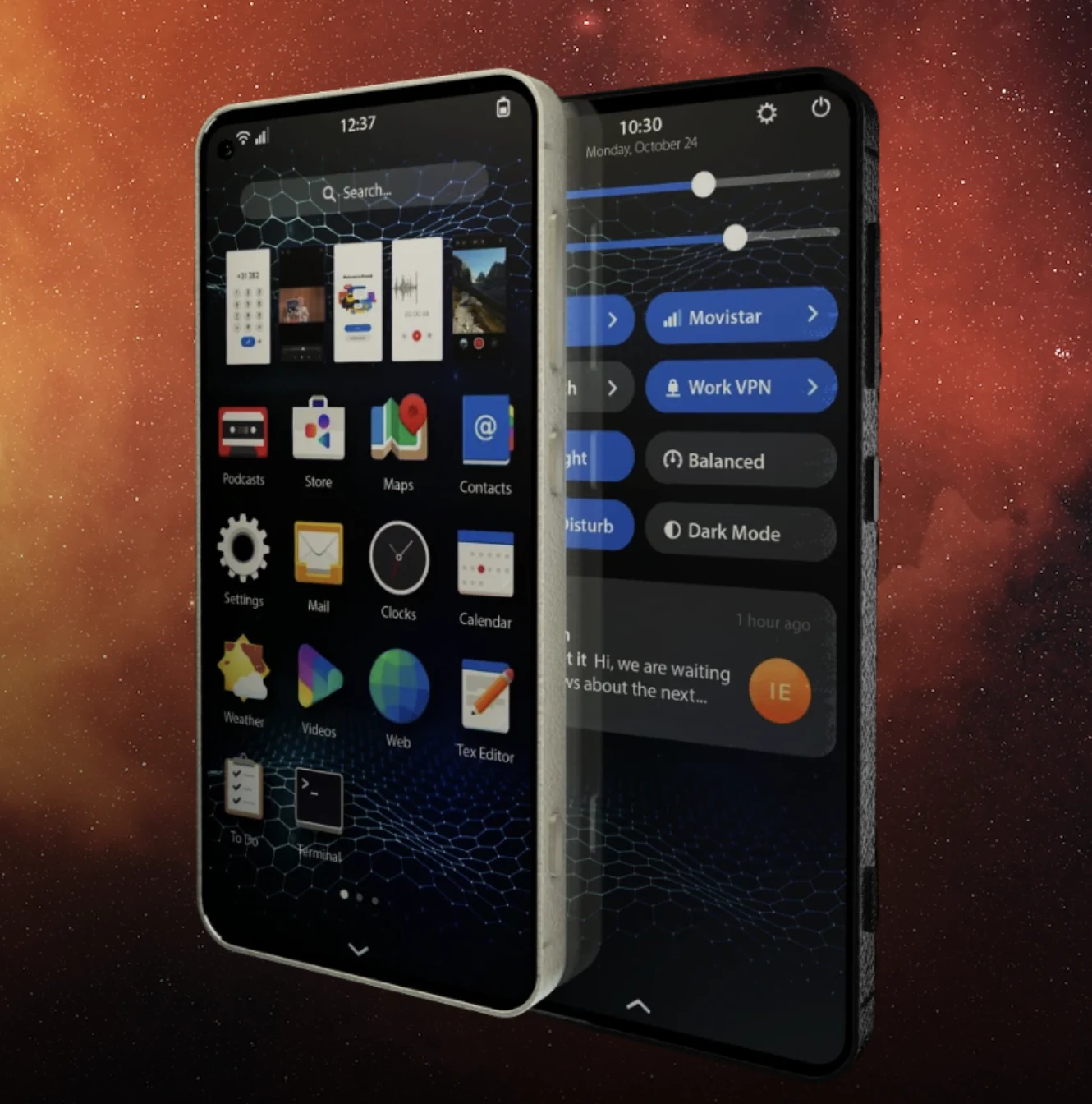Key Takeaways
1. The Liberux NEXX smartphone is currently in crowdfunding on Indiegogo, with a backing price of around €1,300 ($1480) and an uncertain funding goal achievement.
2. It runs on LiberuxOS, a Linux-based operating system derived from Debian 13, offering stability, user-friendliness, and compatibility with Android apps.
3. The smartphone features impressive specifications, including a Rockchip RK3588S SoC, 32 GB of RAM, 512 GB of expandable storage, and built-in 5G connectivity.
4. The device has a 6.34-inch OLED display and allows users to easily disable the camera and microphone with dedicated hardware buttons.
5. Potential backers should be aware of the risks associated with crowdfunding, as the success of the project depends on community support and contributions.
We’ve shared news before regarding the Liberux NEXX, and now the smartphone is in a crowdfunding phase. People who back the project can get a smartphone for about €1,300 (around $1480), but they should be aware of the usual risks that come with crowdfunding efforts. So far, only a small part of the funding goal has been met, and it’s uncertain if they will actually reach the desired amount. The expected delivery date is set for July 2026.
Unique Operating System
What makes this smartphone stand out is its operating system, LiberuxOS, which is a Linux-based system derived from Debian 13. This OS is known for its stability, user-friendliness, long-term support, and a wide array of software packages that can meet diverse user requirements. While Android is also a Linux distribution, it has a strong reliance on Google. However, users can still expect Android apps to work on the Liberux NEXX without issues.
Impressive Specifications
The device comes loaded with a Rockchip RK3588S SoC, featuring four Cortex A76 and four Cortex A55 processors, along with a substantial 32 GB of LPDDR4x RAM. Additionally, it offers 512 GB of eMMC storage that is not only removable but can be further expanded using a microSD card. A built-in 5G modem, Wi-Fi 5, and Bluetooth 5.0 are all included, as well as two USB-C ports.
Liberux has fitted a 6.34-inch OLED display with a resolution of 2,400 x 1,080. Users can turn off the camera and microphone, among other functions, using dedicated hardware buttons. An LTE variant featuring 16 GB of RAM and 128 GB of internal storage is set to launch on Monday for just under €900 (about $1025).
Crowdfunding Insights
Indiegogo is the platform where this campaign is taking place, offering supporters a chance to own a piece of innovative tech. Given the nature of crowdfunding, potential backers should carefully consider the risks and rewards before participating. The success of the Liberux NEXX relies heavily on community support and contributions.
Source:
Link






